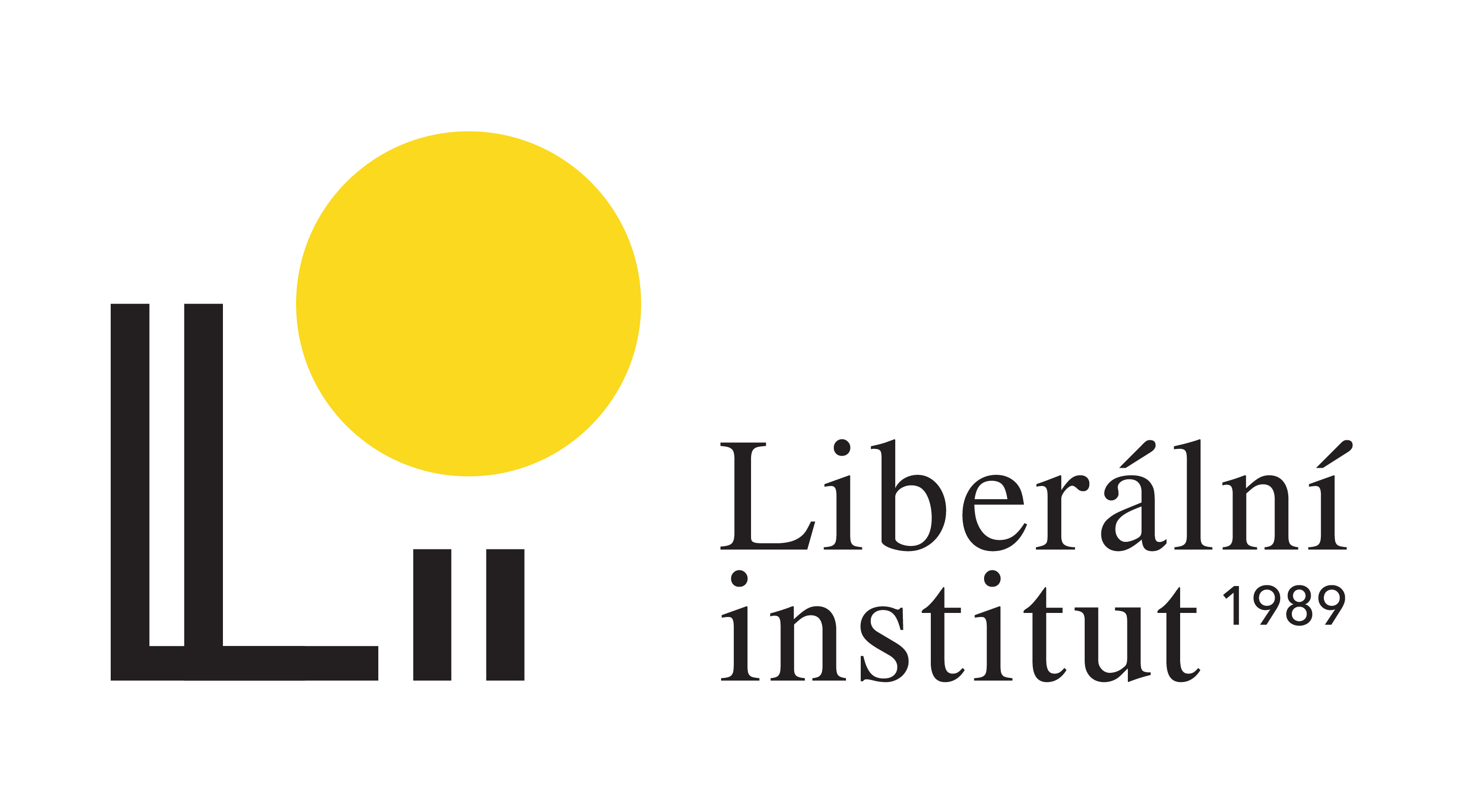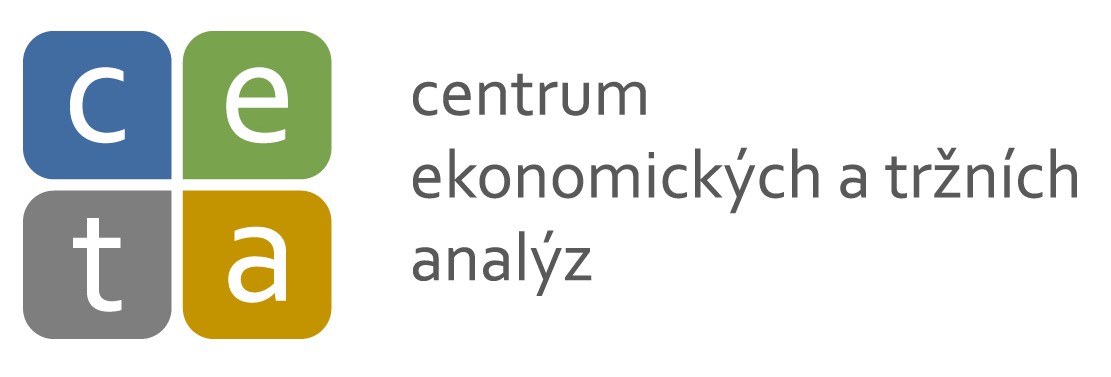
In its program statement, the government announced its intention to increase the progressivity of personal taxation. In the budget plan, it already speaks specifically of the intention to “introduce 3rd and 4th personal income tax rates from 2025,” which is expected to increase public revenues by EUR 78 million. A 3rd rate of 30% is to apply to annual personal income above EUR 80 000. Annual income above EUR 100 000 is to be taxed at the highest 4th rate of 35%.
The government did not justify its intention, nor did it explain why the current rate of progressivity of taxation is insufficient. There is no professional debate in Slovakia about the progressivity of the burden on the incomes of Slovaks and its consequences.
The INESS Institute of Economic and Social Analysis has therefore decided to fill this tax void. We have published a publication entitled Progressive Tax Hidden in Levies, which can be downloaded HERE.
What Is Progressive Tax Hidden in Levies?
Maria has had a successful 20-year career, rising from a junior position to director of a large company. As a result, her salary has increased 5-fold and she now earns €7,500 a month. Her social security contributions have also increased 5-fold in that time. Does that mean that her future pension entitlement has also increased 5-fold? No, far from it. A large part of the additional contributions that she has gradually paid out of her rising wages is not converted into her pension, maternity, or other benefits, but is dissolved in solidarity in the social security system. We have called this phenomenon the Progressive Levy.
- The Progressive Levy represents social contributions paid on which the taxpayer is not entitled to social security benefits
- The Progressive Levy is paid by around 500 000 employees with a gross monthly income of over EUR 1 788
- The state currently collects EUR 0.9 billion a year from the Progressive Levy.
Why is the tax hidden in the Progressive Levy?
An employee with a salary of €3,000 pays a Progressive Levy of €130 per month.
At 2.5 times the salary of 7500 euros, the taxpayer pays 10 times more in Progressive Levy tax per month – 1397 euros, the same amount as in income tax.
An employee with a salary of 9,000 euros will pay a Progressive Levy tax of 1,904 euros per month, more than he pays in income tax. Up to 63% of the social contributions paid by him are net tax.
These figures point to two facts:
- The levy system covertly and significantly taxes workers with above-standard incomes
- Progressivity in taxation is already high, even without the introduction of new income tax rates.
High-income workers pay 30% of the cost of their work in Progressive and personal income taxes.
The high taxation through the levy system is due to the high ceiling on social contributions. This amounts to 7 times the average wage. In the Czech Republic, this ceiling is set at 4 times the average wage.
The hidden progressive levy reduces the net income of employees. This puts the Slovak labor market at a disadvantage for the employment of specialists, doctors, or high-ranking managers. With the same gross wage, a qualified worker in the Czech Republic earns 352 euros more per month, while being 295 euros cheaper for the employer.
Any introduction of new personal income tax rates will further increase the disadvantage of the Slovak labor market and strengthen the motivation of talented and skilled workers to go abroad to work. This ultimately reduces the growth potential of the Slovak economy. The Slovak Government should therefore, on the contrary, consider lowering these rates or reducing the Progressive Levy.
The procedure for calculating the progressive levy tax, including detailed calculations, is presented in the publication, which can be downloaded here.
The article is another in a series of INESS reports highlighting unjustified increases in the tax burden.
Continue exploring:
Bulgaria Is Already Rich According to World Bank – Now What?
























